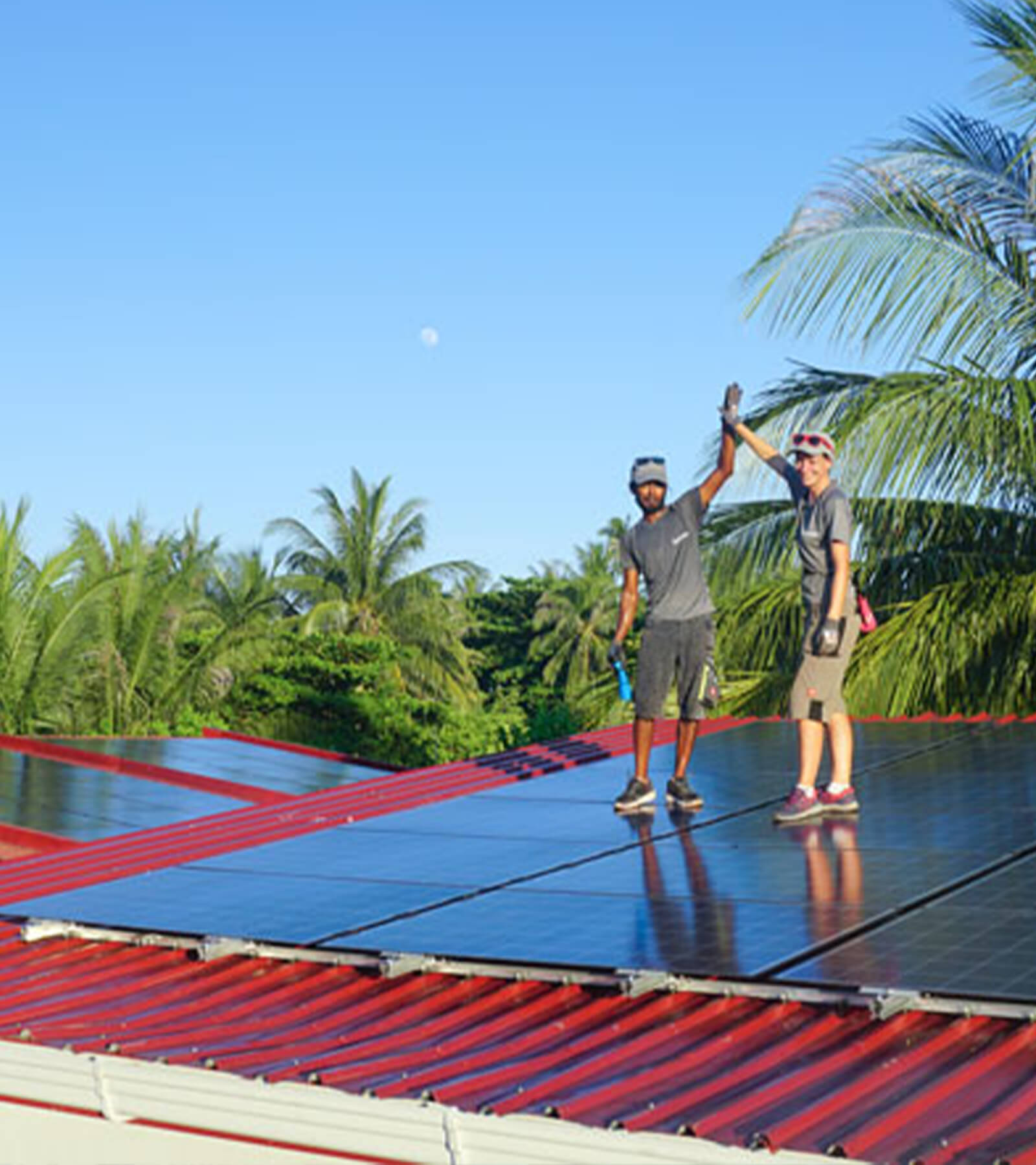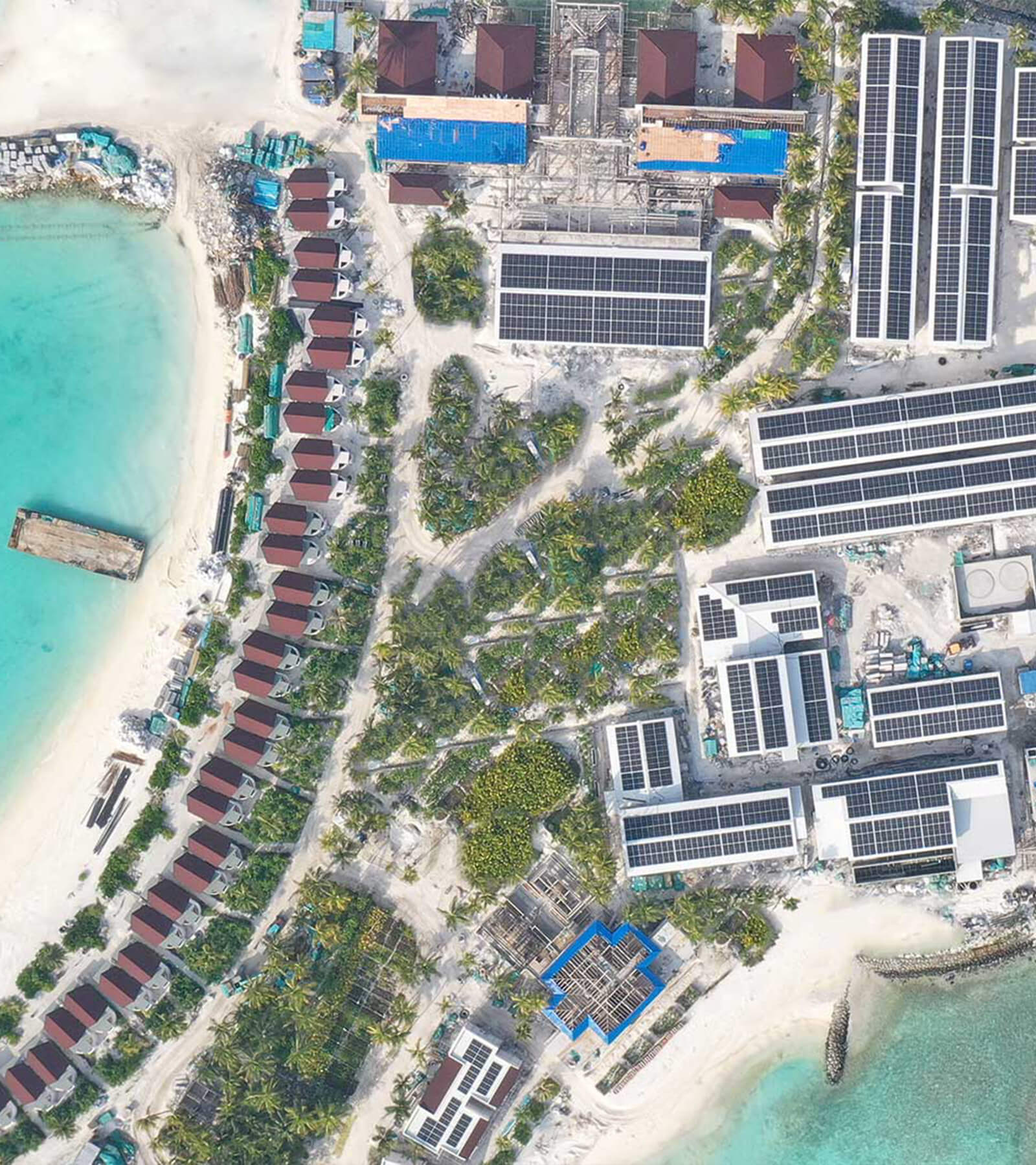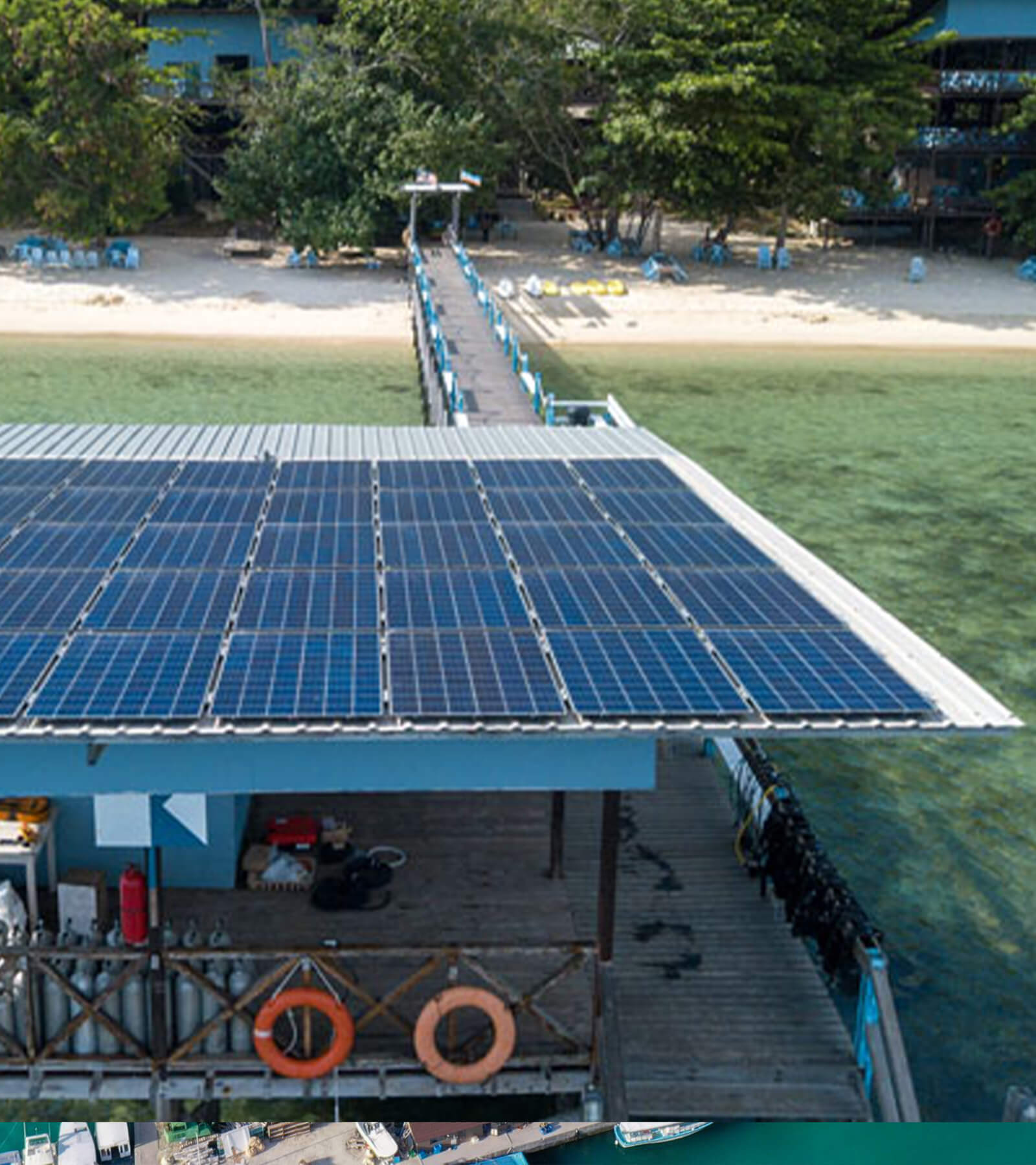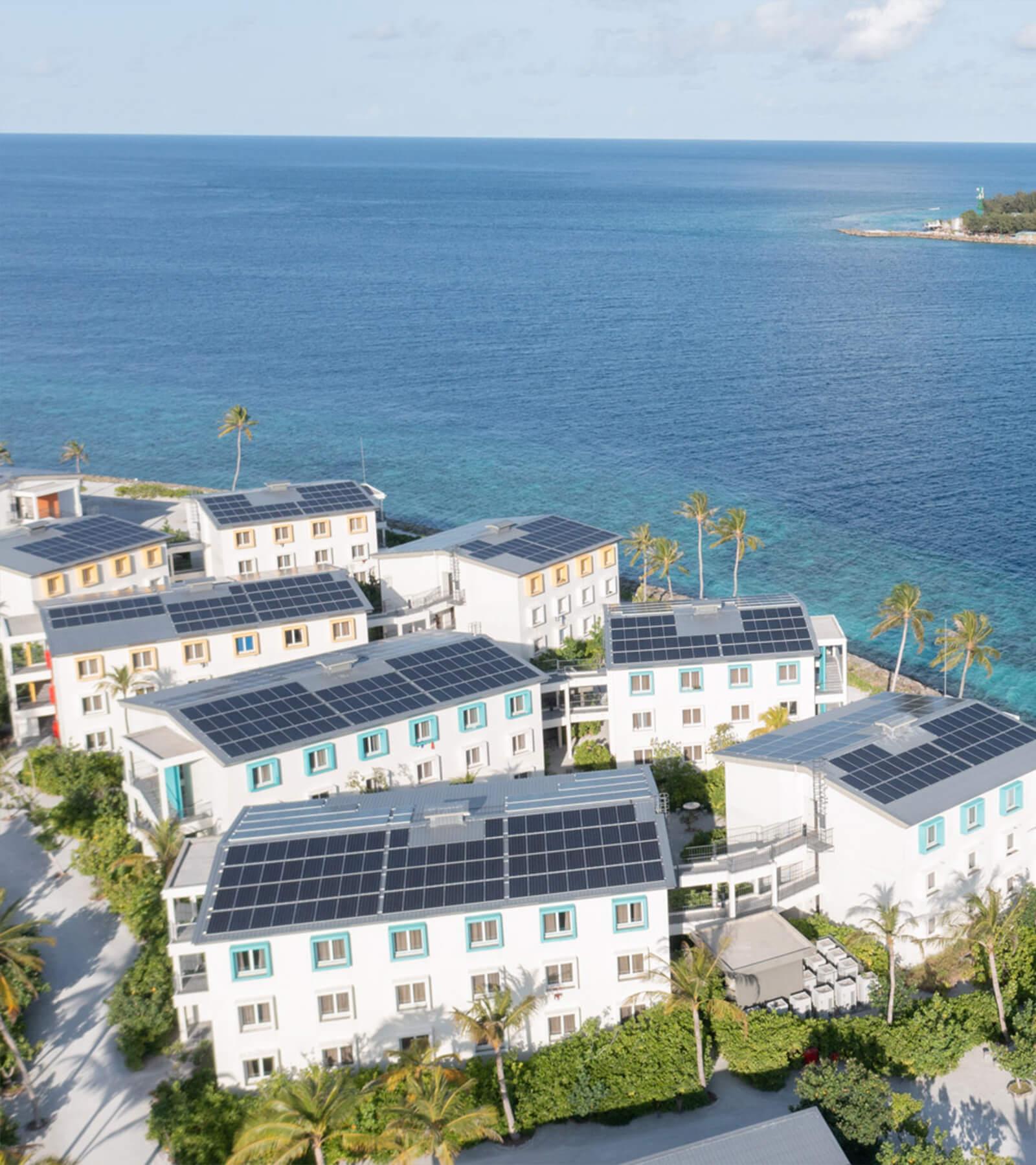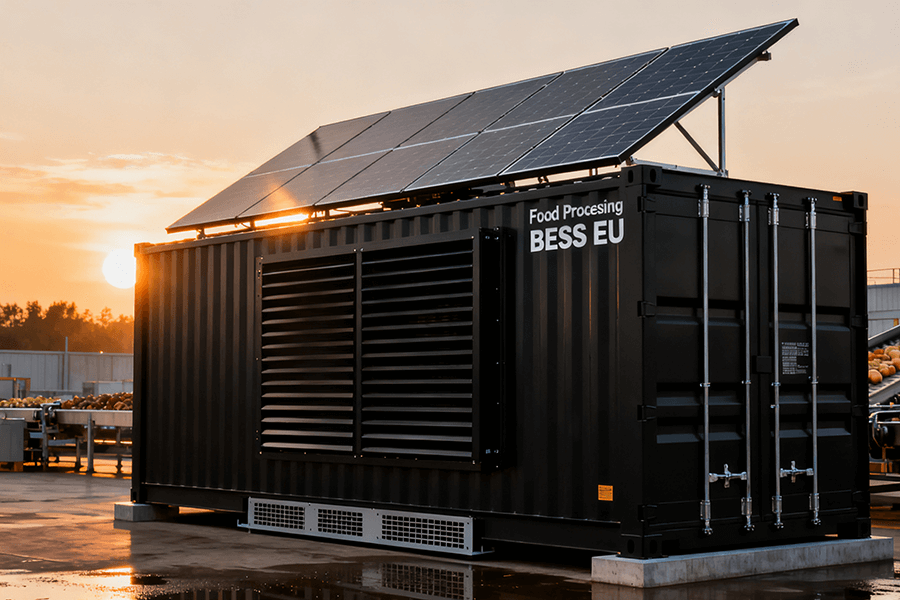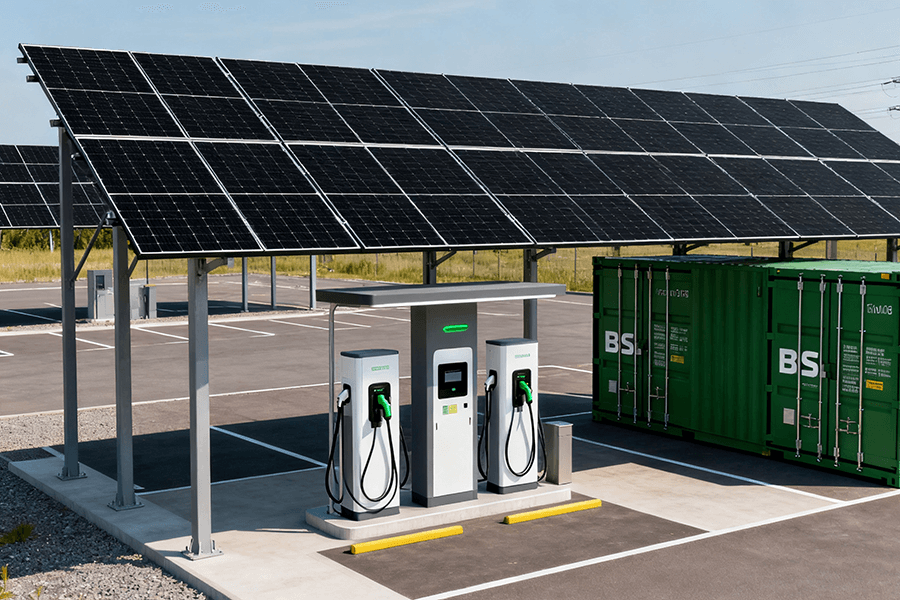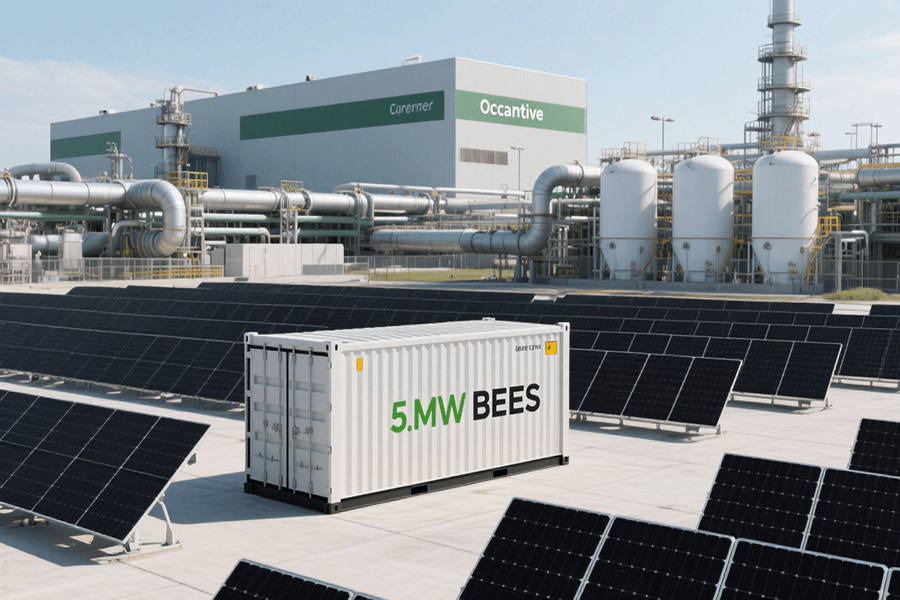
In the high-stakes race to decarbonize Europe, France is quietly building a hydrogen powerhouse in Occitanie. Lhyfe’s Bessières project isn’t just another green initiative—it’s a symphony of cutting-edge technology, with a 5 MW Battery Energy Storage System (BESS) Container integrated with a 5 MW electrolyzer. This dynamic pairing results in the production of 2 tons of green hydrogen daily, a significant contribution to the region’s clean energy goals.
The impact of this project extends far beyond the production numbers. The green hydrogen generated at the Bessières site is being used to fuel the Occitanie H₂ Corridor’s heavy transport fleet, transforming diesel-dependent trucks into zero-emission workhorses. This not only reduces the carbon footprint of the transport sector but also sets a precedent for sustainable logistics in Europe.
At the heart of this operation is the 5 MW BESS Container, the unsung hero ensuring the smooth operation of the entire system. Acting as a buffer, it stores excess energy generated during periods of low demand and releases it when demand spikes, maintaining a stable power supply to the electrolyzer. This energy management is crucial for the efficient production of green hydrogen, ensuring that the electrolyzer operates at optimal capacity at all times.
In essence, the Bessières project serves as Europe’s clean energy pit stop, a model for future green hydrogen initiatives across the continent. By integrating advanced energy storage and production technologies, it demonstrates how we can transition from fossil fuels to renewable energy sources, one hydrogen-powered truck at a time.
Grid Stability Benefits: 10ms Response Time—Faster Than a Squirrel Dodging a Car
In the intricate dance of power grids, electrolyzers often behave like unpredictable moody teenagers. One moment, they consume electricity sparingly, and the next, they voraciously binge on it. These sudden and dramatic load spikes can cause significant stress to grid operators, pushing them to the brink of panic. Enter France’s 5 MW BESS (Battery Energy Storage System) Container, a technological marvel that serves as the ultimate peacemaker in this energy chaos.
What truly sets this BESS Container apart is its astonishingly rapid 10ms frequency response time. To put this into perspective, it reacts faster than the reflexive “bonjour” uttered by a Parisian greeting a passerby, or a squirrel nimbly dodging an oncoming car. This remarkable speed isn’t just a technical curiosity; it’s a game-changer for grid stability.
A 2024 study by ENTSO-E, Europe’s authoritative grid management body, shed light on the critical importance of such quick responses. The research revealed that systems with this level of rapidity can slash voltage fluctuation risks by a staggering 72%. This substantial reduction plays a pivotal role in preventing blackouts, ensuring a reliable power supply, and maintaining stable energy costs across the grid.
The European Union has taken notice of this groundbreaking achievement. The project has secured a significant €1.2M grant from France’s Hydrogen Valley program. This funding is part of a larger initiative aimed at supporting projects that align with the ambitious Green Deal’s 2030 carbon-cut targets, underscoring the EU’s commitment to sustainable energy solutions.
The table below succinctly outlines how the BESS Container addresses key grid challenges and the tangible impacts of its innovative solutions:
| Grid Challenge | BESS Container Solution | Impact |
|---|---|---|
| Electrolyzer load spikes | Ultra-fast 10ms frequency adjustment | A dramatic 72% reduction in voltage fluctuations, stabilizing the grid |
| Peak grid demand | Strategic energy buffering during off-peak periods | A notable 15% decrease in grid congestion fees, optimizing operational costs |
In essence, the 5 MW BESS Container is not just a piece of energy storage equipment; it’s a linchpin in the transition towards a more stable, sustainable, and efficient European energy grid.
Cost Synergies & Material Efficiency: Saving Euros and the Planet
In the realm of sustainable energy, where financial viability and environmental stewardship converge, the BESS Container emerges as a paragon of smart innovation. Let’s talk money—because even green projects need to pay the bills. This state-of-the-art energy storage solution deploys peak shaving with remarkable finesse, acting as a strategic buffer between the ebb and flow of electricity demand.
During the stillness of 2 a.m., when most of the world is asleep and electricity rates plunge to their lowest, the BESS Container springs into action, silently amassing cheap off-peak power. It then releases this stored energy during peak hours, when prices skyrocket due to high demand. The result? A significant reduction in operational costs, translating to a €0.8/kg decrease in hydrogen production expenses, as revealed by a 2025 analysis by McKinsey. To put this in perspective, it’s like receiving a free croissant with every kilogram of hydrogen produced—except the implications here are far more impactful, reverberating across economic and environmental landscapes alike.
When it comes to sustainability, the BESS Container’s LFP (Lithium Iron Phosphate) batteries are true overachievers. Boasting an impressive 95% recyclability rate, these batteries are a testament to circular economy principles. According to a report by the European Environment Agency, this high recyclability cuts raw material mining needs by a staggering 68%. The benefits are twofold: not only does it slash operational costs, making the project more financially viable, but it also significantly reduces the environmental footprint, protecting vital ecosystems like the Amazon rainforest from the detrimental impacts of excessive mining.
In essence, the BESS Container represents a win-win scenario—a harmonious blend of economic prudence and ecological responsibility, setting a new standard for sustainable energy projects across the globe.
Case Study: 2026 Launch—A Monumental Step Towards Decarbonization
Key Milestones and Environmental Impact
Mark your calendars for 2026—the year when Europe’s largest green hydrogen hub in Occitanie will commence operations. This revolutionary project will replace diesel in heavy transport, resulting in an annual reduction of 1,800 tons of CO₂ emissions. To put this significant figure into perspective, the EPA’s carbon calculator reveals that this reduction is equivalent to:
- Retiring 391 passenger cars from the roads, eliminating their cumulative emissions over a year
- Taking every diesel truck in Toulouse out of circulation permanently
The Occitanie H₂ Corridor: A Decarbonization Highway
The Occitanie H₂ Corridor is not merely a physical route; it is a strategic decarbonization highway with far-reaching implications. Stretching from the Mediterranean to the North Sea, this corridor represents a crucial link in Europe’s transition towards a low-carbon future. The green hydrogen hub in Occitanie serves as the first major “fuel station” along this corridor, demonstrating that green hydrogen is no longer a theoretical concept—it is a tangible reality that is already being implemented on a large scale.
This milestone project is a testament to the potential of green hydrogen to revolutionize the energy sector and drive significant environmental benefits. As the hydrogen hub comes online in 2026, it will not only reduce carbon emissions but also serve as a model for future green hydrogen initiatives across Europe and beyond.
Qualifying for EU Subsidies: Your Comprehensive Guide
In the competitive landscape of European green energy initiatives, securing EU subsidies for hydrogen projects has become a strategic imperative for businesses and governments alike. If you’re eyeing a share of the EU’s hydrogen investment fund, understanding the eligibility criteria outlined in the REPowerEU guidelines is crucial. Here’s a detailed breakdown of the key requirements:
1. Storage Capacity Requirement
- Criterion: Projects must have a minimum storage capacity of 5 megawatts (MW) or more.
- France’s BESS Example: The 5 MW Battery Energy Storage System (BESS) in Occitanie, France, meets this threshold, positioning it as a strong candidate for EU funding. This capacity is essential for ensuring reliable energy storage and supply, which are critical for the efficient operation of green hydrogen hubs.
2. Carbon Intensity Standard
- Criterion: The carbon intensity of hydrogen production must not exceed 3 kilograms of CO₂ per kilogram of hydrogen (≤3 kg CO₂/kg H₂).
- France’s BESS Advantage: By relying on renewable energy sources, the 5 MW BESS in Occitanie achieves a carbon intensity of 0. This not only meets but significantly surpasses the EU’s requirement, demonstrating the project’s commitment to sustainability and low-carbon energy production.
3. Recyclability of Components
- Criterion: At least 85% of the project’s components must be recyclable.
- LFP Battery Performance: Lithium Iron Phosphate (LFP) batteries, commonly used in modern energy storage systems, excel in this area. With a recyclability rate of 95%, LFP batteries exceed the EU’s standard, making them an ideal choice for subsidy-eligible projects. This high recyclability rate reduces waste and promotes a circular economy within the energy sector.
4. Grid Integration and Frequency Response
- Criterion: Projects must demonstrate proven frequency response capabilities, with a response time of 10 milliseconds considered optimal.
- Benefits of Fast Response: A quick frequency response ensures grid stability and reliability, enabling seamless integration of renewable energy sources into the existing power grid. Meeting this criterion not only enhances the technical viability of a project but also increases its attractiveness for EU subsidies.
Subsidy Details
Successfully meeting these criteria can yield substantial financial rewards. Projects that qualify are eligible for storage grants of up to €300 per kilowatt-hour (kWh). This funding can significantly offset project costs, making green hydrogen initiatives more financially viable and accelerating the transition to a sustainable energy future.
Think of these EU subsidies as green energy scholarships—by achieving the right “grades” in storage capacity, carbon intensity, recyclability, and grid integration, you can secure the financial support needed to drive innovation and growth in the hydrogen sector.
Maxbo Solar: Powering the Hydrogen Revolution (That’s Us!)
At Maxbo Solar (www.maxbo-solar.com), we are at the forefront of driving the clean energy revolution, with projects like Bessières at the core of our innovation focus. Why? Because we firmly believe that the future of clean energy hinges on the seamless integration of reliable solar power.
Unrivaled Rooftop System Capabilities
Our rooftop solar systems are engineered to meet the most demanding conditions, boasting features that set them apart from the competition:
- Military-Grade Durability: Built to withstand extreme environments, ensuring long-lasting performance.
- PID Suppression: With an annual degradation rate of ≤1%, our systems maintain high efficiency over time.
- IP68 Waterproofing: Unaffected by floods, providing peace of mind even in the most challenging weather conditions.
Solar Power’s Vital Role in the Hydrogen Ecosystem
The synergy between solar energy and energy storage is the key to unlocking 24/7 green electricity for electrolyzers, the heart of hydrogen production. Here’s how our solar panels excel in real-world scenarios:
| Condition | Standard Panels | Maxbo Solar Panels |
|---|---|---|
| High-Temperature Performance | Lose 0.5% efficiency per °C over 25°C (source: NREL) | Operate seamlessly at 100°F without performance degradation |
| Coastal Environment | Vulnerable to salt spray, with components decaying 30% faster (source: IEEE) | Feature advanced anti-corrosion technology for prolonged lifespan |
Building the Foundation for Green Hydrogen Hubs
At Maxbo Solar, we’re not just a solar provider; we’re a strategic partner in building the backbone for green hydrogen hubs like Bessières. Our commitment goes beyond selling solar panels—we are dedicated to developing comprehensive solutions that support the growth of the hydrogen economy, contributing to a cleaner and more sustainable future for all.
P.S. Curious about how Maxbo Solar can be a part of your green energy project? Reach out to us. We’re experts in BESS, electrolyzers, and, most importantly, in finding innovative ways to save the planet.

